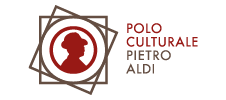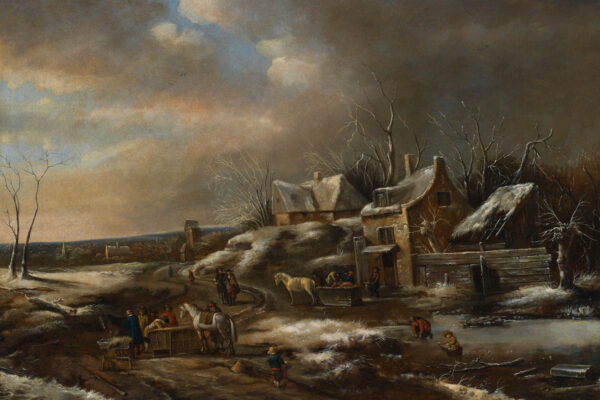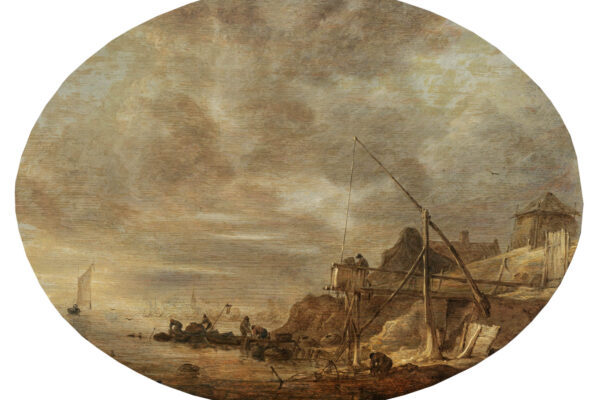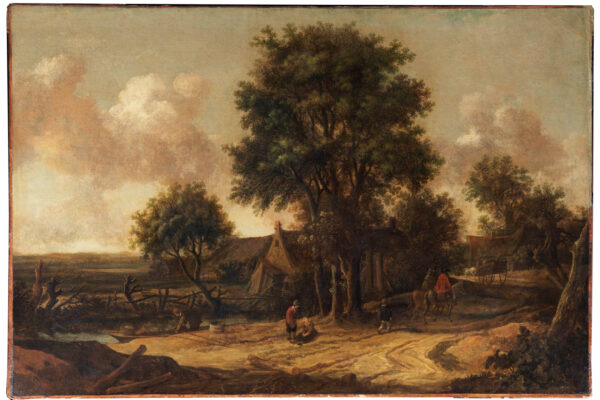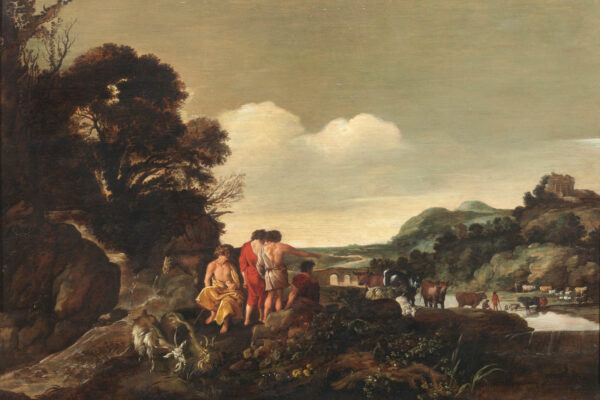Pragmatism, a passion for learning and science, a critical spirit and irony, pride in achievements realized: the values that gave life to the history of Holland, founded in 1581 and already by the 1600s the heart of a great economic empire, found expression in a figurative culture eager to measure itself against nature in its most varied manifestations, as well as against Italian and Flemish art. Painting was the specific form of this expression; Rembrandt, Vermeer, Ruisdael reached absolute heights. Attention to detail gave life and depth to the various “genres”: religious subjects or allegories, portraits, studies of heads, still lifes, scenes of daily life, interiors of buildings, urban views and landscapes. The artists often painted independently of commissions or the control of guilds. The result was a copious production and attempts at experimentation, such as the tonal landscape painted using a limited palette, of which Jan van Goyen was the greatest representative.
Dutch painting
